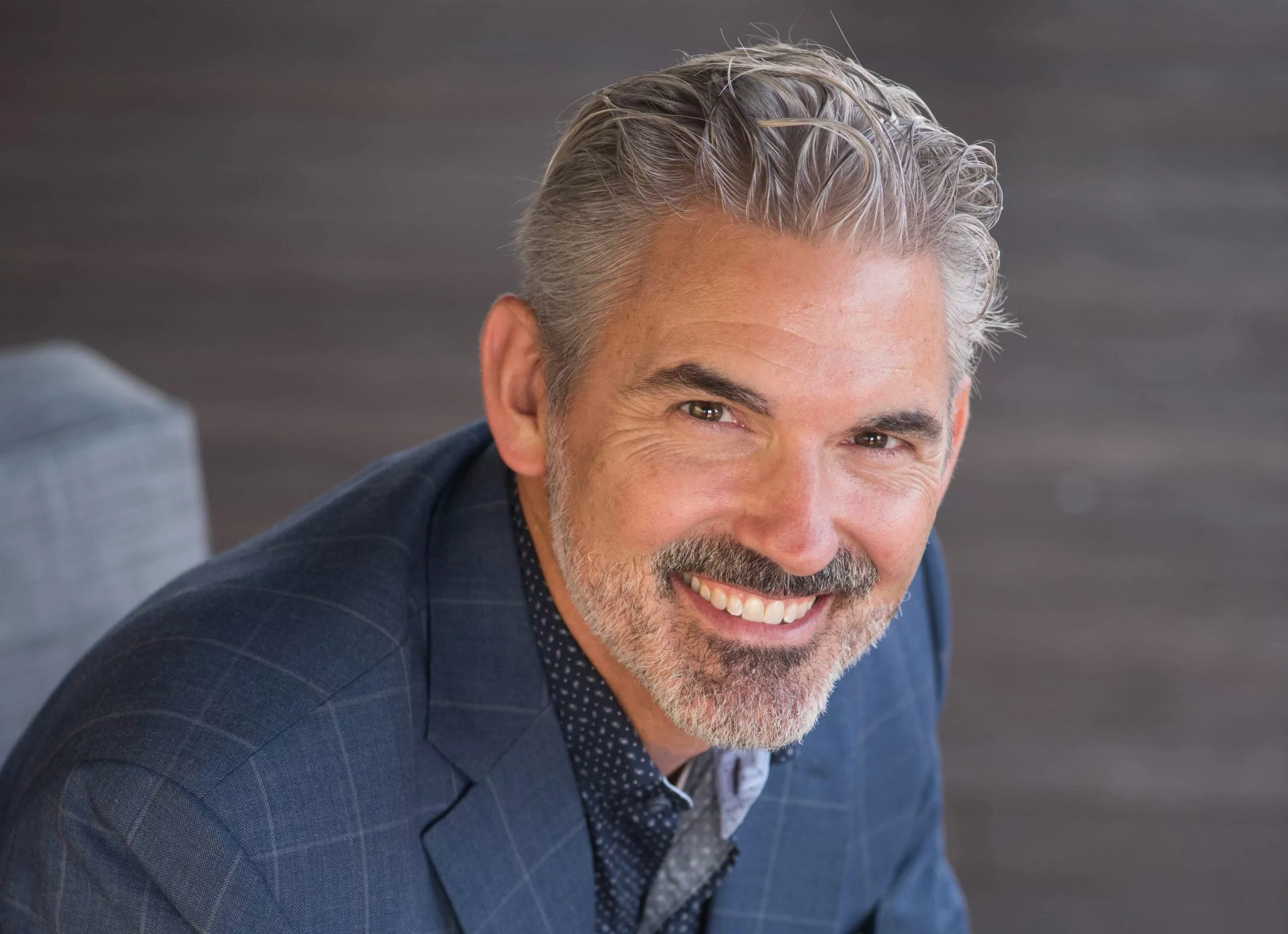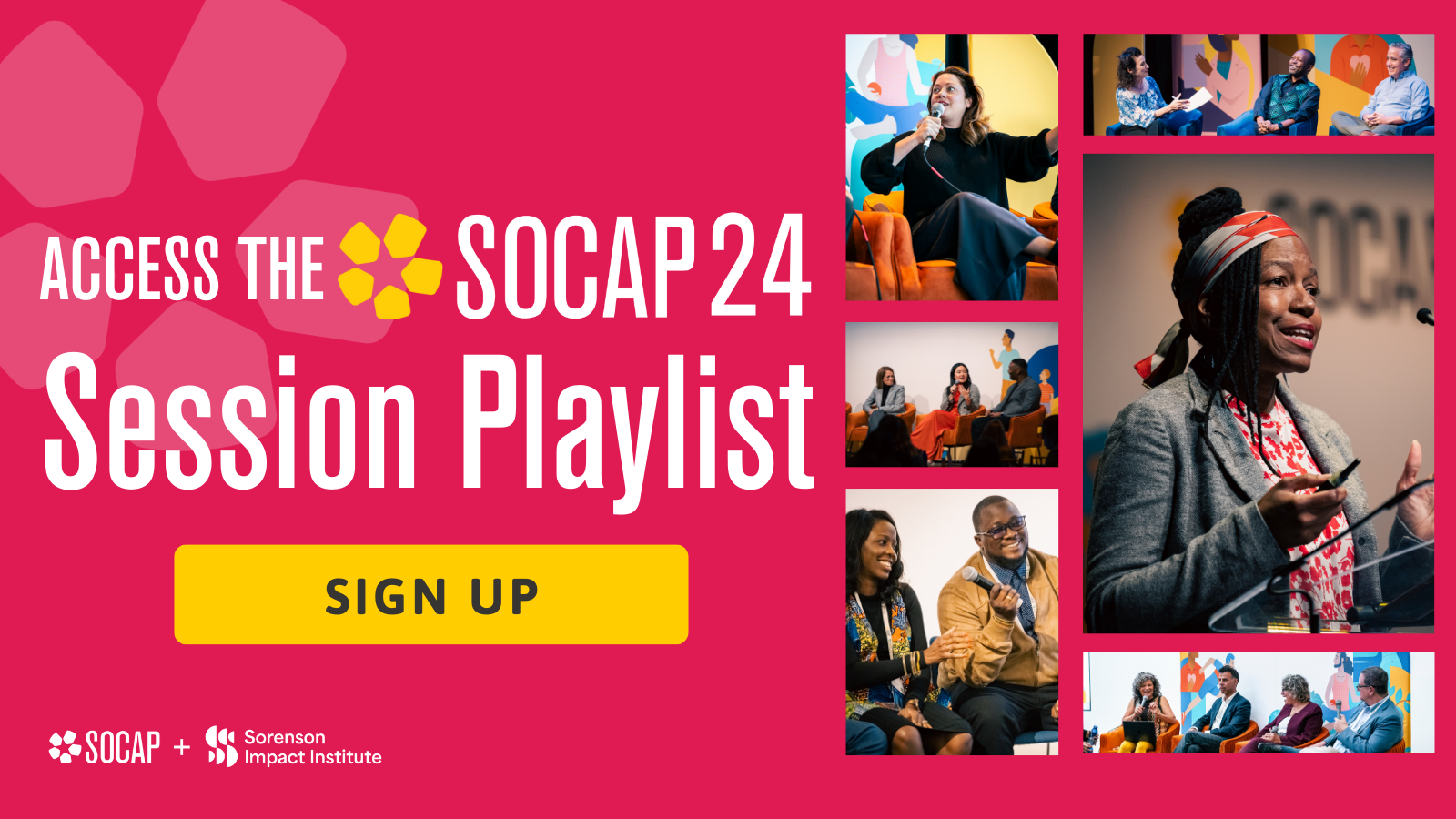“Whether in the form of a sprawling epic or a pointed ballad, the story is our most ancient method of making sense out of experience and of preserving the past.”
U.S. Poet Laureate, Billy Collins
At first glance, there seems to be a strong disconnect between the preservation of culture and the shifting of culture. It conjures up an image of my grandma telling me that she doesn’t understand why I have a ring in my nose or my dad never quite grasping why someone would choose to be vegan.
Winy Mass, a Dutch architect, landscape architect, urbanist, and professor described this dichotomy so eloquently in the afterword of the book Visionary Cities – a manifesto that demands large scale change on a collective, rather than individual-level – which you can purchase on Amazon for just under a thousand dollars.
One is too precious about the past, the other too hungry for the future. One arm being dragged into the past by the ethics of historic preservation, the other being yanked towards a hopeful (bigger, brighter, better) future.
A reframing of this contradiction took me down a rabbit hole into some of the times culture has shifted in the presence of dichotomy.
For example, legalized segregation ended at the same time as, and in spite of, the ideological gulf that separated Malcolm X and Martin Luther King’s approaches to uplifting Black America. On the other hand, looking back at the last 50+ years, we can now see that this result is more akin to the effect on the median when an outlier is present (in Statistics). Outliers pull the mean forward, and so we ignore them and base decisions on the median instead. While the mean is a blending of all things being considered, the median literally creates a point that divides the two data sets.
Reframing preservation also led me to a couple of books preserved in our culture: George Orwell’s, 1984, and Margaret Atwood’s, The Handmaid’s Tail. Both have a central theme of strictly controlling information and communication and the way that affects culture. Orwell’s perspective being a warning that in this type of culture, truth becomes irrelevant or non-existent: gaslighting on a societal level. Atwood, on the other hand, shows the reader the realities of the loss of all but the dominant culture: actual destruction of lives through sophomania.
Orwell and Atwood give us two different versions of a truth we know all too well: when the cultures of marginalized people are steamrolled, we are left with a way less conscious society.
It follows then, that allowing these cultures to flourish has the power to create a more conscious culture.
After all, if a equals b, then -a must also equal –b.
The ability for a variety of people to share their stories, and thus their culture, has been made possible through the almost universal adoption of social technology. Why go through the gatekeepers when we can crowdsource fame and popularity?
Just ask Billie Eilish, discovered after uploading a video to Soundcloud or Hamzaa who dropped out of the Voice before taping started, choosing to launch her career doing covers and remixes on YouTube. Pittsburgh Professor Al Condeluci, an advocate for inclusive communities defines cultural shifting as a term used to describe the process of new or unique items becoming part of an existing community.
And those aren’t the only shifts these artists are making: Eilish is an outspoken opponent of cultural gender norms and body shaming, while Hamzaa talks openly about mental health and turned down the chance to release her hit song, Breathing, with popular rapper, Wretch 32 before she released it on her own, even though it could have brought her some added cache – just the kind of things that would have shut the gates on them in previous cultures.
Indeed, we are in an amazing time where ideas and art are no longer held captive by cultural gatekeepers or their importance subject to the perspectives of the dominant culture. Not just for artists who will go on to be worldwide superstars either – but for the masses. All that is missing then is access to the cannon of what is preserved.
Except it isn’t. Not anymore. Richard Averitt, a storyteller and photographer, and his co-founder, Peter, an archeologist and musician who also runs a music studio, along with a whole team of creatives, including their executive vice president who worked for the Big Machine Label Group (Taylor Swift’s long time label), are using Starchive to smash the gates altogether.
About five years ago, Bob Dylan’s people approached them saying they wanted a way to digitally archive all his cool things – digital and not digital. So they created it. Since then, they have worked with some pretty amazing artists whose archives have been deemed culturally relevant and therefore had a high enough price attached to them that they could afford to hire archivists. From day one, though, the Starchive team told the Dylan team about this whole second idea they had – way more than just digitally archiving: the reengaging of an archive into resurfaced assets that reimagine Dylan’s story for a whole new audience. Immortality and rebirth all in one.
According to Averitt, the artists and icons that last long after they are no longer with us are the ones that the public thinks about. It is this public adoration that helps them become relevant to the next generation of people who discover them. It’s the same philosophy that prompts artists to leak bootleg recordings or encourage their fans to create them.
Music, ideas, art, and stories matter to us. Ours. Other people’s. Memories of how we experienced past events impact how we live current events. From the number of users checking Facebook’s On this Day feed and resharing things, to the stories of Kobe Bryant, recorded decades ago, that resurfaced after his death, to the Spotify’s year in review, to the vivid image I have of my hours-only daughter in a NICU incubator, we rely on access to the moments we need to feel connected – human, even.
Instead of burying a time capsule with a handful of coins and a Sunday paper, as Paul Revere did, so future generations know a small very specific thing about today’s world, that only becomes relevant when someone digs it up and describes who made it, who it belonged to, and what it was used for, we want these cultural nuggets accessible on-demand and in high quality – just like everything else in our lives.
Thanks to Starchive, we can un-bury it all; literally from having to be dug out of the ground in the future by someone else and from having to be dug out of the 7,023 files in our cloud storage next week when we want to revisit or reuse something. When we can record audio on our laptop that rivals what you could have only produced at Blackbird Studios just a few years ago, why would we want to save them in a digital version of a physical Okay boomer filing cabinet? Exactly.
Like most culture shifters, this team of creatives isn’t flipping just one thing either. They are also expanding what it even means to be accessible. Their product costs less than Dropbox. It indexes and archives everything you want it to, so you can easily find it, and then auto-curates collections for you based on AI, making it easier to create new assets in the future.
And they are stepping up when they can to give access to the people who need it the most. Just recently they partnered with Music Biz Association members, a non-profit trade association based in Marlton NJ, that seeks to promote the overall growth of the music business by hosting annual events, offering educational members, and fostering engagement opportunities for their members. Realizing that a global pandemic will be particularly challenging for musicians, they are donating three months to any member.
While there may be some who would still argue that telling and retelling should be left to the professionals because everyday humans let their personal connections cloud their recollections, I argue that this is exactly why it matters. Thinking again about our example from statistics – it is the mean that gives us a true portrait of being human and the mean comes from our blended experiences. And I am not the only one, according to Richard Moe, past president of the National Trust for Historic Preservation, By understanding the processes that made us who we are, preservation gives us the confidence to become who we can be.
This philosophy spills over to the way Starchive is staying relevant as a company. Mirroring the Millennials, who learned to do eye art while broadcasting to the world and chose their next style based on the hearts trailing up the screen, Averitt and the Starchive crew are learning as they go, listening to their users, and adapting when they can – because, as Averitt told me, who could anticipate how and what our assets may need to be or do in the future?
When I asked him what he hopes his dream level of impact will be from this work, he explained that he is a photographer and storyteller at his core, and he “wants to do the work that makes it possible for all of us to tell our stories: from the mom reliving her son’s 18th birthday to Essence Magazine telling the story of their 50-year history, to a nonprofit connecting to the hearts of their funders, stories matter. All of it matters.”
Shift from preservation to activation of your creative assets today, using this link or the code, CCMSTARCHIVE, and get 60 days to try it out with no obligation!







